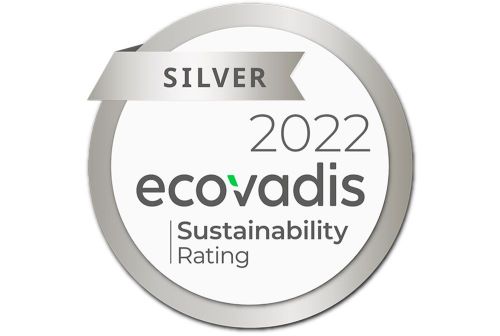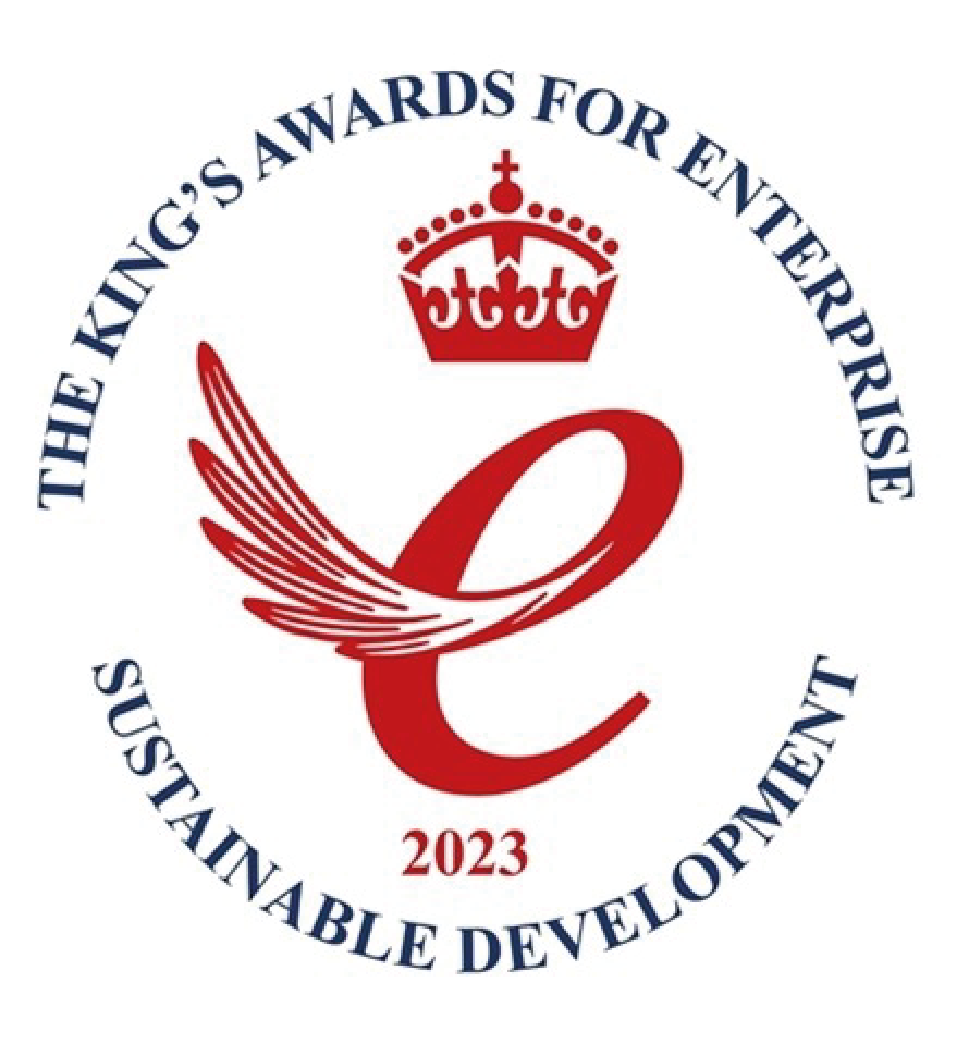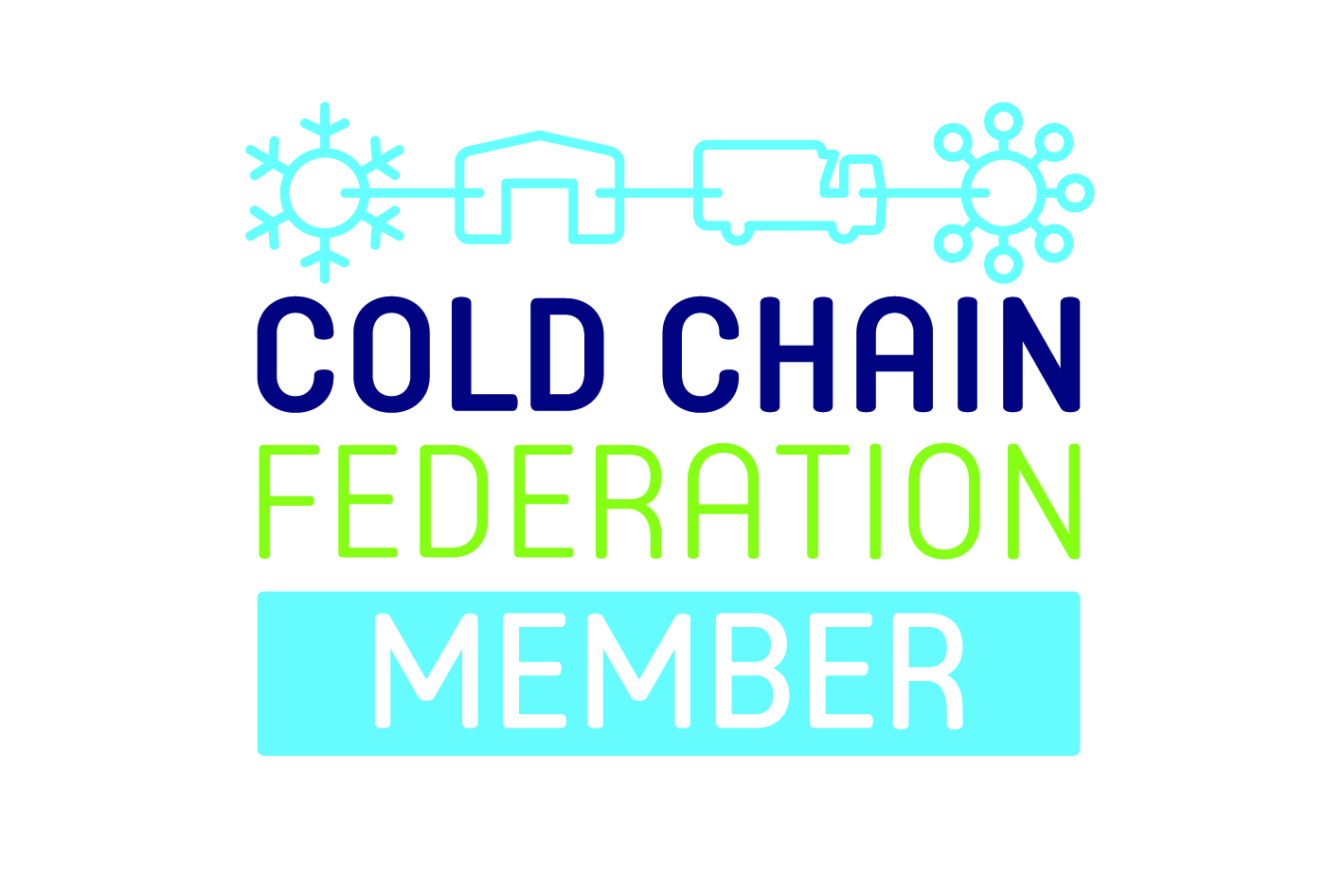How Tower develops pharmaceutical cold chain partnerships

Our fortunes as a business are inextricably linked to the success of our customers in the pharmaceutical, 3PL and airline industries.
In order to better align our product development, we always aim to work in partnership with these organisations. In some cases, we have been delivering pharmaceutical cold chain solutions – as well as providing ongoing advice and support – for more than 10 years.
Three common themes emerge when we’re developing our pharmaceutical cold chain partnerships: scalability, consistency and robustness.
Scalability
The delivery of medicines, vaccines or other life science products, depends on being able to achieve transportation at a commercial scale.
For temperature-sensitive products, this was historically a barrier. Obviously, it is critical to maintain internal temperature, but likewise customers want to maximise volumetric efficiency. It’s no good, for example, if most of the space in a container is needed for temperature controlled packaging and materials. That way, only a limited number of products can be shipped per container. Not only is this economically unsound, it’s a poor decision environmentally due to the number of containers required to be x products from A to B.
Therefore, our development work has emphasised clever design, to maximise shipping space while still ensuring that consistent, stable internal temperature.
Consistency
Clearly, with scale comes increased risk of temperature excursions – therefore much of our pharmaceutical cold chain partnerships involve understanding the pain points where the risk is greatest.
One common thread during the early days of development was customers’ concern about logistics personnel having to replenish shipments with dry ice. The more points of manual intervention between manufacture and patient delivery, the greater the risk of temperature excursion.
That’s why, we developed Tower’s passive systems so you can ‘set and forget;’ once pre-conditioned, they can be prepared and loaded, in under 30 minutes. From there, temperature remains consistent for 120+ hours, with no need for external power or human intervention during transit.
120 hours is an accepted industry standard, and a ‘worst case scenario’ for how long a shipment might need protection. Five days is a duration that nobody ever expects to see but that might be required to protect product integrity in case of extreme delays to a shipment.
Robustness
One of the biggest fears we hear from customers is that a container won’t be fit for purpose. That is to say, they don’t want to wake up in the night worrying that a container might be punctured by a forklift or will break open as it’s jostled in transit.
Much of our development has been to perfect the use of strong but lightweight materials that will stand up to the rigours of international freight. It helps that Tower is committed to reusable containers that stay in operation for many years, and robustness is a prerequisite for reusability. For example, Tower’s KTM and KT400 containers have an expected life span of 10+ years, and 5+ years for our ‘small box’ KTEvolution range.
Customer engagement is invaluable here. For example, another way in which pharmaceutical cold chain partnerships help us to make better containers is that we can see, and understand, the variety of primary packaging in which medicines are shipped. Our solutions need to be packaging-agnostic, so the same container can be used to protect and control all kinds of different pack types.
Built in cold chain partnerships
The Tower range of pharmaceutical cold chain containers available today weren’t built overnight. They are the result of more than a decade of innovation and development – much of it achieved in partnership with customers. As we’ve listened to their challenges, and devised solutions to meet them, our portfolio has grown. But whatever we do, we keep those central customer requirements of scalability, consistency and robustness in mind.









